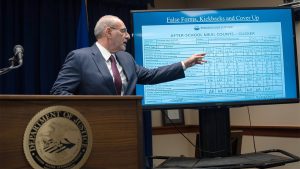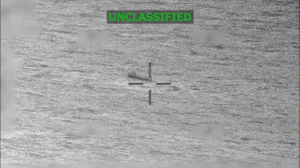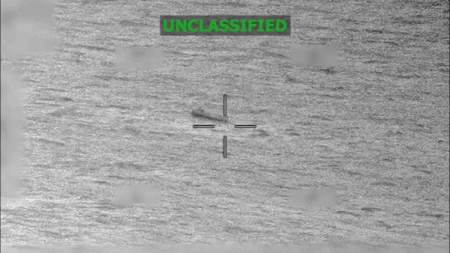Mistaken Identity in Polish Business: A Controversial Hat Incident
A case of mistaken identity has caused significant disruption in Poland’s business community following a controversial incident involving a child’s hat. The chief executive of a company called Drogbruk was captured on video taking a hat from in front of a child, sparking outrage on social media and beyond. However, in an unfortunate twist, the head of a different company with a similar name, Drog-Bruk, has been wrongfully targeted by angry members of the public. Adding to the confusion, both executives reportedly have similar surnames, further complicating the situation for those attempting to direct their criticism at the actual person involved in the incident.
The video, which quickly circulated online, shows the Drogbruk executive’s actions that many viewers found disturbing or inappropriate. The footage generated immediate backlash, with many expressing concern about the executive’s behavior toward a child. As often happens in the age of social media, the public reaction was swift and severe, with many people expressing their disapproval directly to what they believed was the offending company. However, the similarity between the two company names—Drogbruk and Drog-Bruk—led to a case of mistaken corporate identity, with the uninvolved Drog-Bruk executive receiving unwarranted criticism and potentially damaging his company’s reputation.
This confusion highlights the dangers of rushed judgment in the digital age, where information—and misinformation—can spread rapidly without verification. The innocent executive of Drog-Bruk has found himself and his business caught in a reputational crossfire through no fault of his own. The similar-sounding company names and executive surnames created a perfect storm for confusion, demonstrating how easily mistaken identity can occur and the real-world consequences that can follow.
For the wrongfully accused executive, this situation presents significant challenges in terms of reputation management and business protection. Having to publicly clarify that neither he nor his company were involved in the incident requires resources and attention that could otherwise be directed toward business operations. Meanwhile, the executive actually involved in the incident faces legitimate scrutiny for his actions, though the confusion may have temporarily diluted the accountability he might otherwise face.
The incident serves as a cautionary tale about the importance of accurate information and the responsibility that comes with public condemnation. Before directing outrage at individuals or organizations, it’s crucial to ensure that the target is indeed the correct one. This case also demonstrates the vulnerability of business reputations in an era where company names can be easily confused and social media allows for rapid, widespread reactions to perceived misconduct.
For both executives and their respective companies, this incident underscores the interconnected nature of business reputation in today’s digital landscape. While one executive’s actions have created this situation, both are now dealing with the fallout in different ways. The innocent party must work to distance himself from actions he never committed, while the executive involved in the incident must address the legitimate concerns about his behavior. This case of mistaken identity reminds us all of the importance of accuracy, verification, and careful consideration before participating in public criticism.










